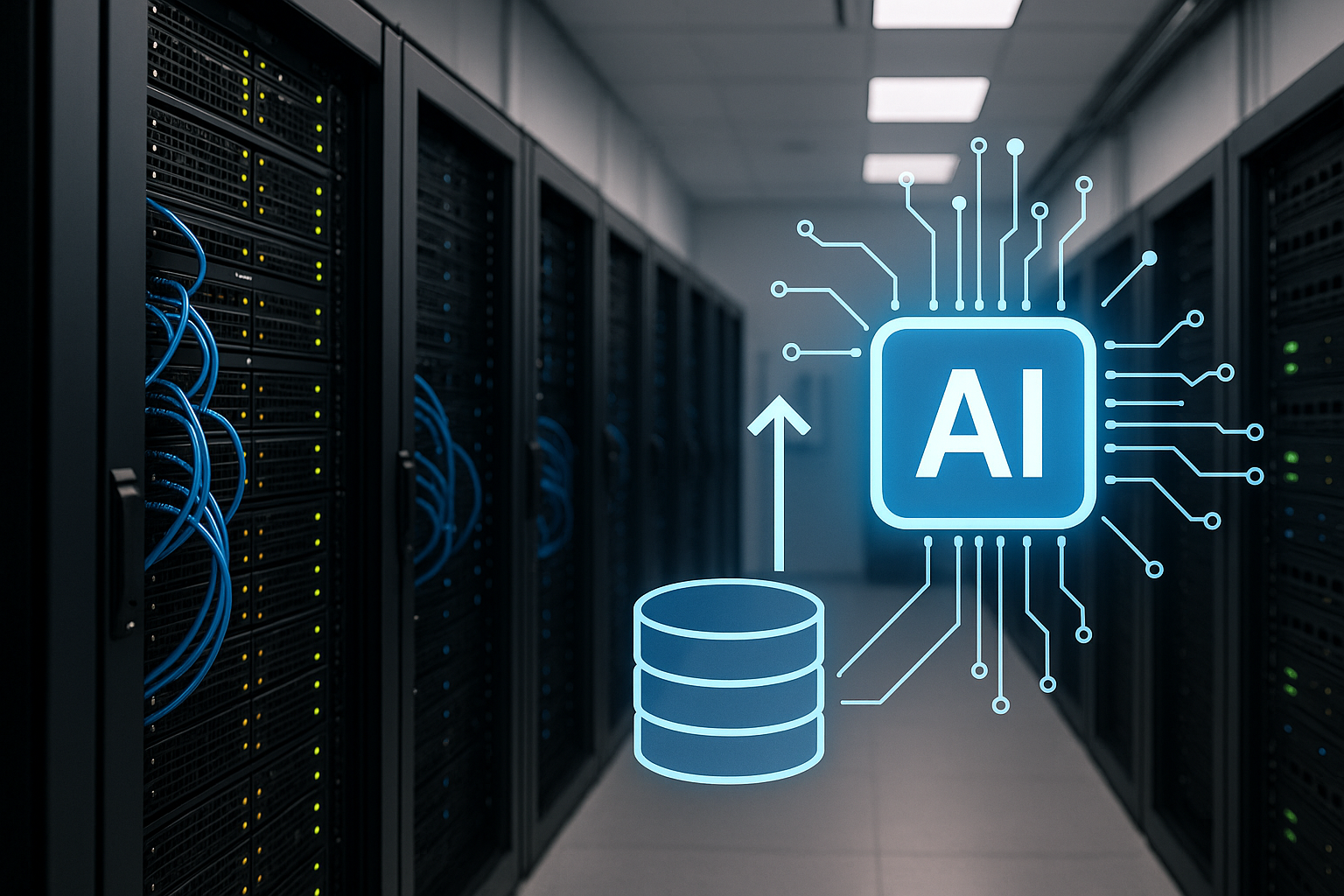Transforming Data Lakes into AI-Powered Infrastructures: A Comprehensive Guide

Introduction to Data Lakes
Understanding what a data lake is and how it compares to data warehouses and lakehouses.
The Evolution from Data Lakes to AI Factories
Discussing the transition from traditional data lakes towards modern AI-driven infrastructures, including their benefits.
Key Benefits of Data Lakes
Exploring advantages such as scalability, flexibility, and advanced analytics capabilities.
Practical Use Cases of Data Lakes
Real-world examples across industries like healthcare, finance, and e-commerce.
Common Challenges in Implementing Data Lakes
Addressing typical issues and potential solutions.
Best Practices for Data Lake Management
Strategies for effectively managing and optimizing data lakes.
Step-by-Step Guide to Transitioning to an AI-Driven Model
A detailed process for organizations to evolve towards AI-powered operations.
Interactive Tools and Resources
Templates, calculators, and checklists for implementation support.
Frequently Asked Questions
Clarifications on data lakes, data management, and related technologies.
Conclusion and Next Steps
Summarizing key points and action items.
Introduction
In today's data-driven world, understanding how to optimize your data infrastructure is crucial. Many organizations start with data lakes but often struggle with their evolution into complete AI factories.
Case Study
Consider TechInnovate, a mid-sized e-commerce platform that transitioned from basic data lake architectures to a fully functional AI factory within one year, resulting in a 20% increase in sales conversion rates and improved customer insights.
Industry Statistics
- Over 90% of enterprises report that their data lakes are underutilized. (Source: Gartner)
- The global big data market is expected to reach $229 billion by 2025. (Source: Statista)
Transition Steps
Assess Your Current Infrastructure
- Audit existing data sources and storage.
- Identify gaps and inefficiencies.
Define Your AI Objectives
- Clarify specific business goals.
- Determine needed AI and machine learning capabilities.
Implement Robust Data Governance
- Establish data quality standards.
- Ensure compliance with regulations.
Develop a Modular Data Architecture
- Use scalable cloud data solutions.
- Incorporate tools like Google BigQuery for analytics.
Build a Skilled Team
- Train staff on data management and AI tools.
- Hire specialists if necessary.
Pilot and Iterate
- Start with small projects.
- Use feedback to refine processes.
Challenges and Solutions
- Data Silos: Integrate with unified data management platforms.
- Security Risks: Implement strong data governance frameworks.
- Scaling Issues: Leverage cloud infrastructure for elasticity.
ROI and Business Impact
Investing in a modern data infrastructure can significantly boost efficiency and profitability. Use our ROI calculator here: https://eytagency.com/roi-calculator
Future Trends
- Increased automation in data management.
- Growing importance of deep learning.
- Enhanced data security protocols.
Want to Learn More?
Visit https://eytagency.com to discover how our automation services can propel your business forward.
Technical Details
Our approach involves deploying AI models that continuously learn from data, automating decision-making processes, and optimizing operations.
FAQs
Q: What is meant by data lake?
A: A data lake is a centralized repository that stores raw and transformed data for analytics and machine learning.
Q: What is a data lake vs database?
A: A data lake stores large volumes of raw data in its native format, whereas a database structures data for specific applications.
Q: Is SQL a data lake?
A: No, SQL is a language used to query databases; a data lake can contain data queried with SQL.
Q: What is the difference between Databricks and Datalake?
A: Azure Data Lake offers scalable storage, while Databricks is a platform for processing and analyzing big data.
Final Thoughts
Building a modern data infrastructure from a data lake to an AI factory is a strategic investment that pays dividends in efficiency, insights, and competitive edge. Start today by assessing your current setup and planning your transition.
Embrace the future of data management with EYT Eesti — your partner in AI automation and enterprise innovation.